Phnom Penh, May 29, 2019 –Cambodia’s past and future growth can’t be dissociated from the support of our Japanese Friends.
The remarks were made by Samdech Akka Moha Sena Padei Techo Hun Sen, Prime Minister of the Kingdom of Cambodia in his address at a Seminar on Investment in Cambodia organised in Tokyo, Japan this morning by CDC in collaboration with Japan External Trade Organisation (JETRO) and Mizuho Bank, on the sidelines of the 25th International Conference on the Future of Asia.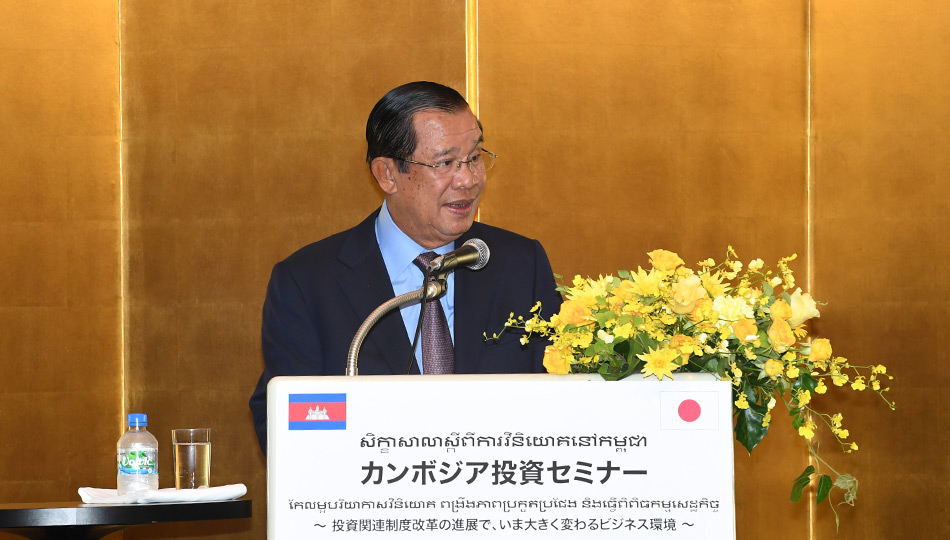
“On this auspicious occasion, in the name of the Royal Government and the people of Cambodia, I would like to express our sincere gratitude and appreciation to the Government and people of Japan for their significant contributions to our quest for peace, national unity as well as rehabilitating and developing the Cambodian economy through cooperation in financing, infrastructure development, technical assistance and human resource development in addition to investment by the Japanese private sector,” he said.
Between 1992 and 2018, he recalled, Japan provided the equivalent of more than US$2.8 billion in Official Development Assistance (ODA) to Cambodia – about 15 percent of total financing by all development partners. Japan has supported major infrastructure projects – building the Kizuna Bridge and the Tsubasa Bridge, improving National Roads No. 1 and 5, developing a new container terminal at Sihanoukville Autonomous Port, and improving flood protection and drainage in Phnom Penh. Upgrading the two highways is making these roads vital strategic routes in the southern economic corridor between Bangkok and Ho Chi Minh City – the two economic poles of the Greater Mekong Subregion. Phnom Penh is the main city along this corridor, furthering promoting Cambodia as an investment destination for both small and large Japanese companies adopting Thailand +1 or Vietnam +1 strategies.
Kizuna Bridge and Tsubasa Bridge, the longest bridge across the Mekong in Cambodia, have not only facilitated the movement of people and goods between Cambodia, Vietnam and Laos, but have also made tourist destinations more accessible for the Cambodian people, said the Cambodian Premier, adding that the two bridges are featured on Cambodian new 500 riel banknote, a rare case for a flag of one country to appear on the banknote of another – a clear testimony to the deep ties between the two countries.
Samdech Techo Hun Sen also touched upon Japan’s provision of 23 billion yen in ODA for the new container terminal at Sihanoukville Autonomous Port which will help Cambodia become a transit hub of goods in ASEAN with an annual capacity to handle up to 900,000 TEUs – a two-fold increase from the current capacity. “The new terminal will be able to accommodate the large vessels increasingly used to transport goods through international waters, helping to reduce future freight costs. The Japan International Cooperation Agency (JICA) has acquired a strategic shareholding in Sihanoukville Autonomous Port, a further confirmation of the Japanese government’s faith in the future of the port – and the future of Cambodia,” he added.
According to Samdech Techo Hun Sen, on May 31, H.E. Abe Shinzo, Prime Minister of Japan and he will witness the signing of the exchange of notes for grant aid for a 339 million yen human resource development scholarship programme and a 200 million yen project to build a container terminal in the special economic zone of Sihanoukville Autonomous Port.
Regarding the tourism sector, Cambodia welcomed more than 60,000 Japanese tourists in the first quarter of 2019, up two percent from the same period a year earlier. The number of Cambodian visitors to Japan is also increasing. According to the Japanese Embassy in Cambodia, the number of visas granted to Cambodians rose 34 percent last year.


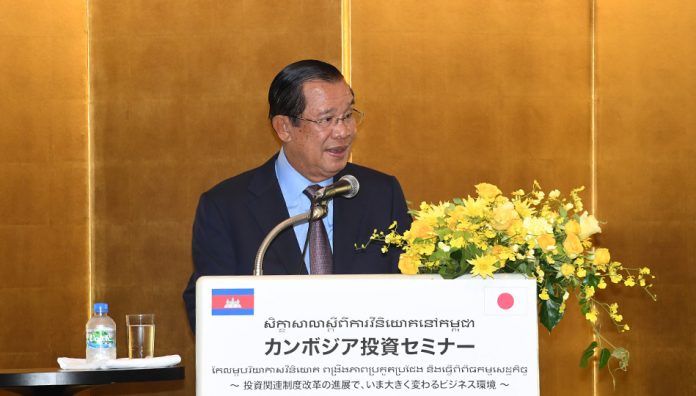
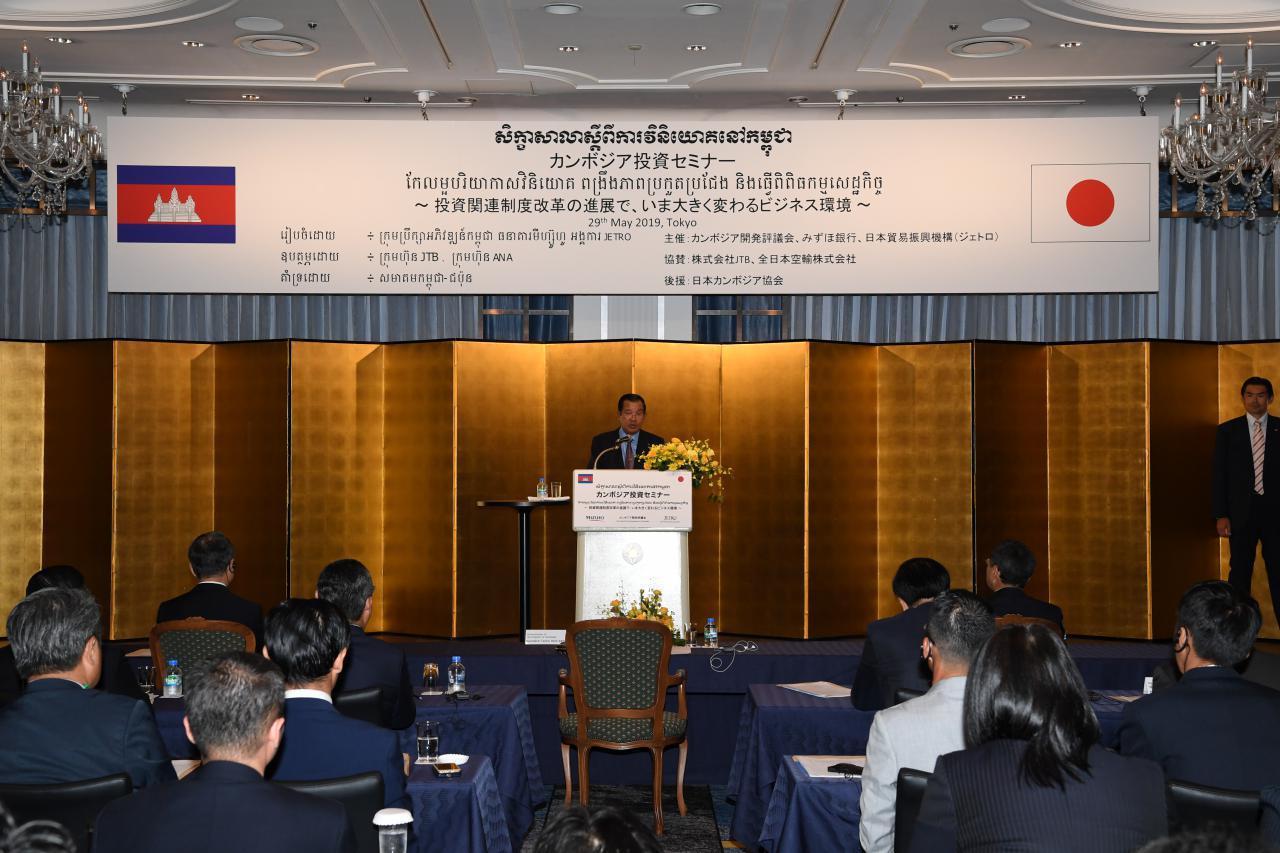
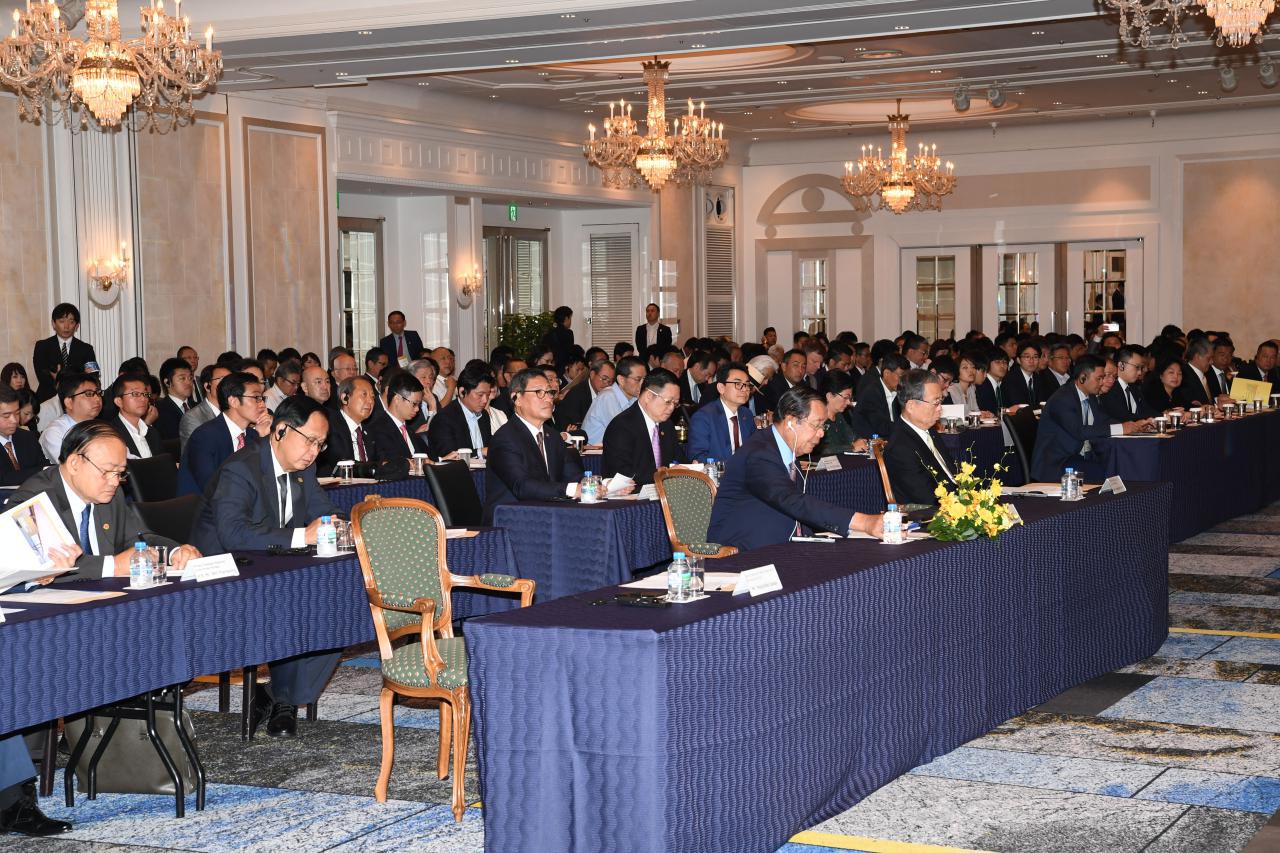
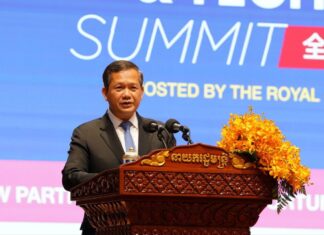


![Special Lecture by Samdech Akka Moha Sena Padei Techo HUN SEN, President of the Senate of the Kingdom of Cambodia, on “Leadership Experiences and Vision for Peace” to the 11th Plenary of the International Parliament for Tolerance and Peace (IPTP) [Unofficial Translations]](https://pressocm.gov.kh/wp-content/uploads/2024/12/468161445_1188047276010391_3141496335218348185_n-100x70.jpg)
